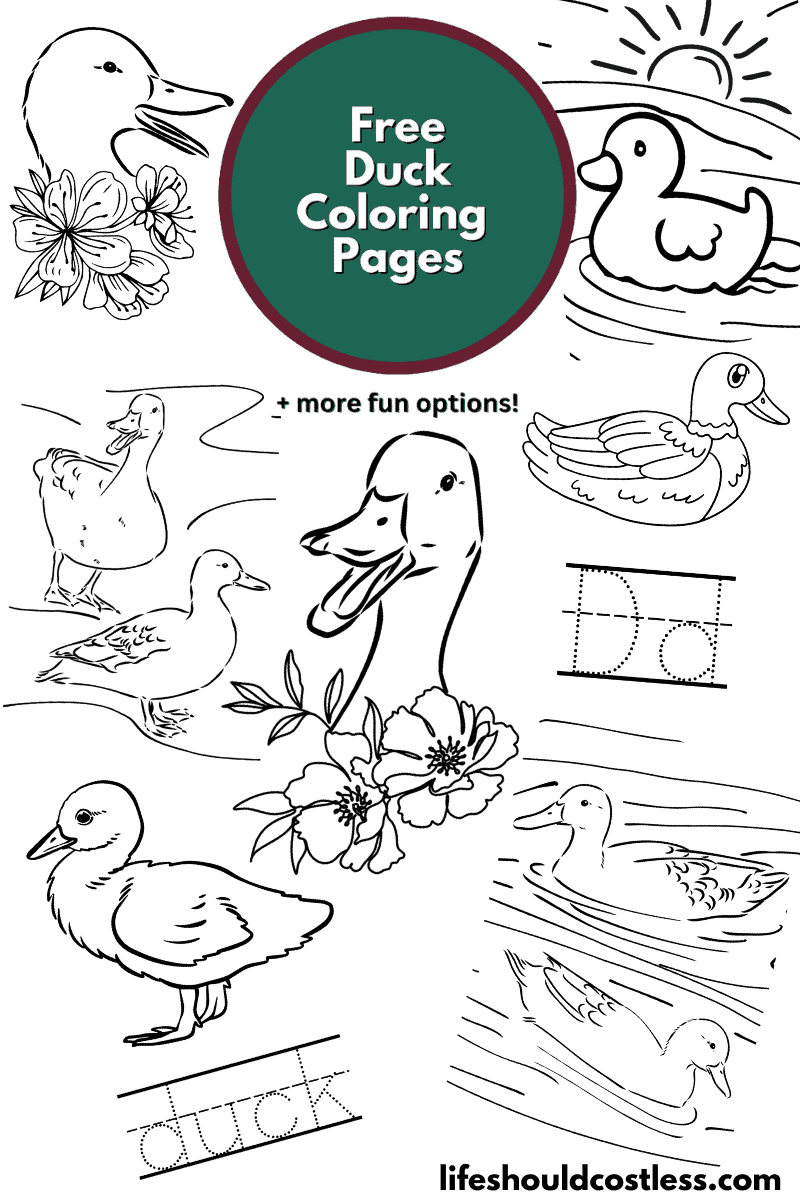
Ducks are fascinating creatures that captivate the imaginations of children and adults alike. In this article, we explore a collection of carefully curated coloring sheets featuring ducks, designed not only to provide hours of creative fun but also to offer educational value. These duck coloring pages go beyond mere entertainment, incorporating elements of learning, such as writing practice and even some basic science concepts.

Feel free to select any design that catches your eye. Once you’ve made your choice, save the downloadable PDF template and proceed to print it out.
You can then indulge in coloring to your heart’s content or explore other creative possibilities such as using the designs for embroidery patterns or drawing inspiration for intricate fine line tattoos.
Table of Contents, Jump Ahead To What You're Looking For
For those who are new to my coloring pages, it’s important to note that I always provide the opportunity to learn about the subject, transforming the coloring activity into an educational lesson too.
So, without further ado, let’s embark on this exciting duck-filled journey of combining creativity with education!
Here are some fun and interesting, simplified, facts about ducks, (my reference source can be found here):
These facts provide a glimpse into the remarkable adaptations and behaviors of ducks, showcasing their fascinating nature and diverse abilities.
However, there is still lots to learn about them.
If you would like to continue on your quest for duck-filled-knowledge, here are some other reputable resources to learn about ducks while coloring:
Here are some of my best tips and tricks to enhance your coloring experience when working on pictures of ducks:
Remember, there are no right or wrong ways to color a duck picture.
It’s all about expressing your creativity and enjoying the process. Happy coloring!
*My letter D is for duck coloring sheet printables are specifically designed to be used in a classroom setting, they are the only printable options on this page that do not need written permission to use in a public setting.
Please send the link to this post along if anyone asks you where you got them. Thank you!

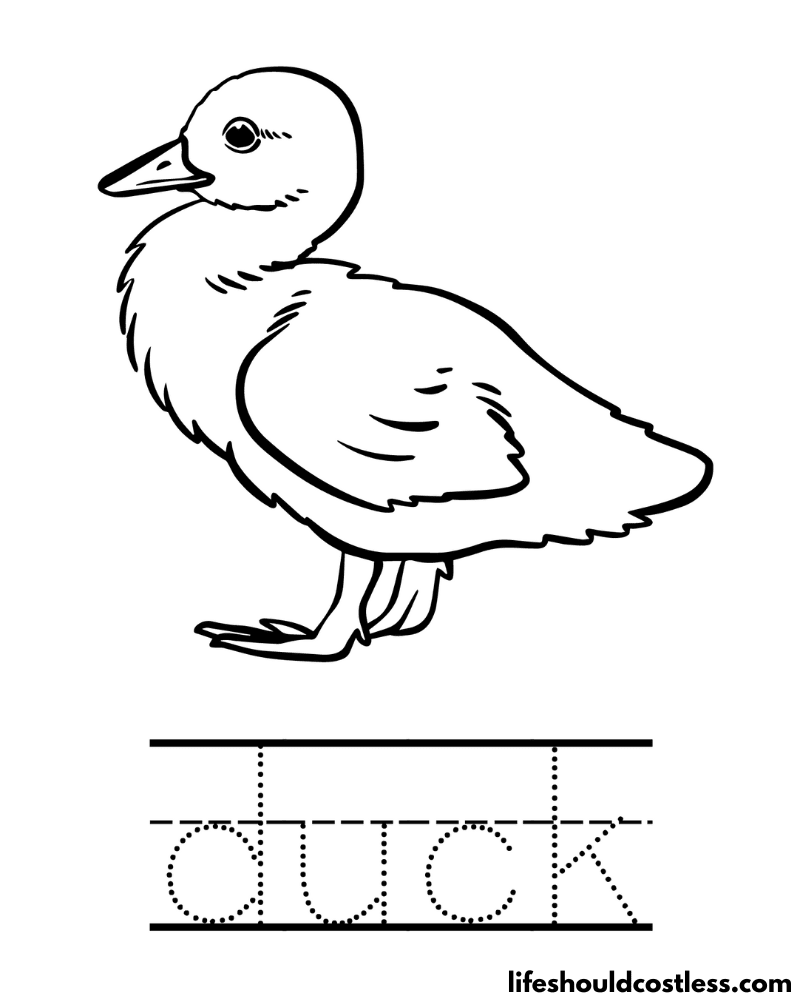
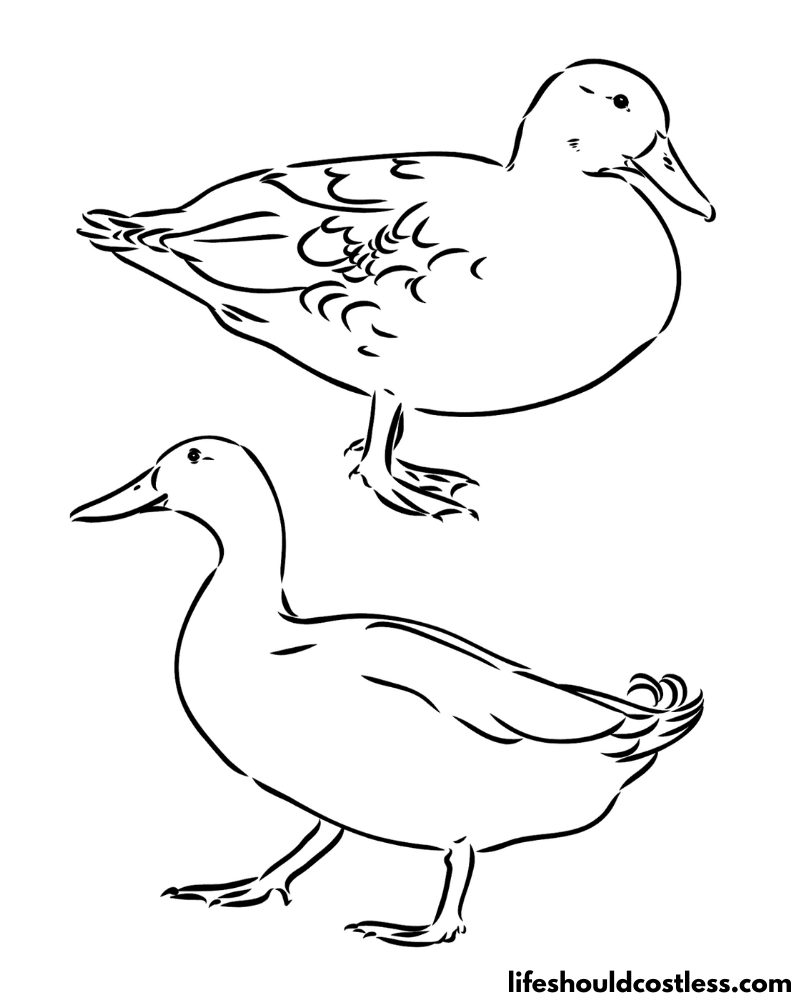
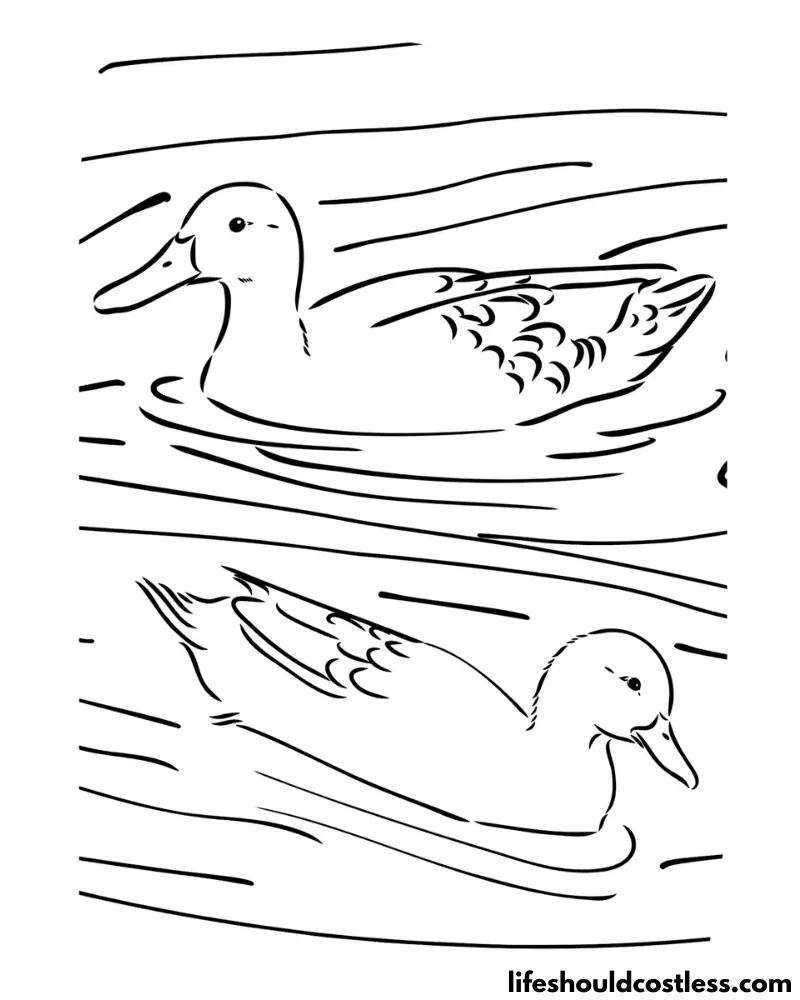

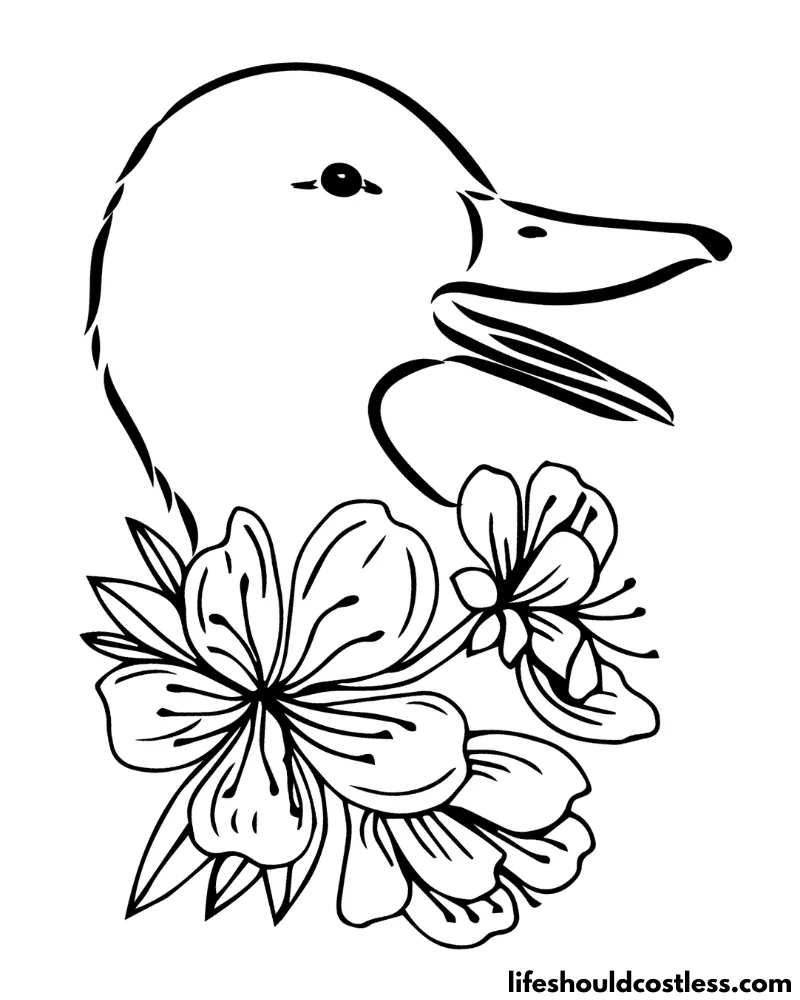
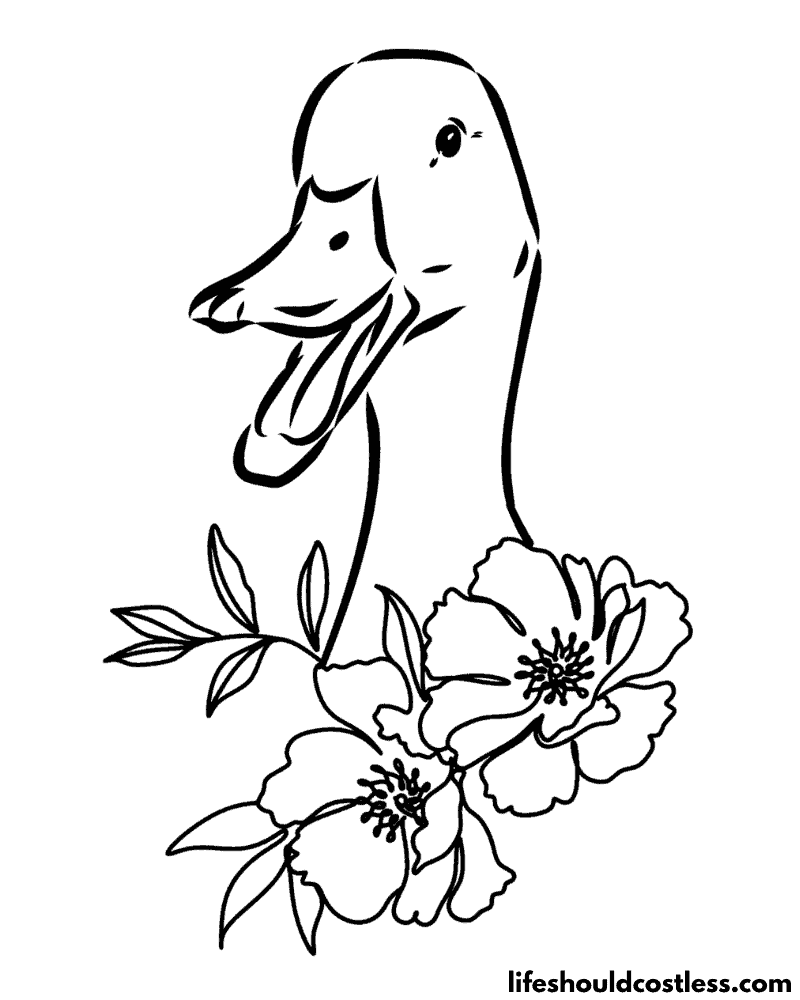
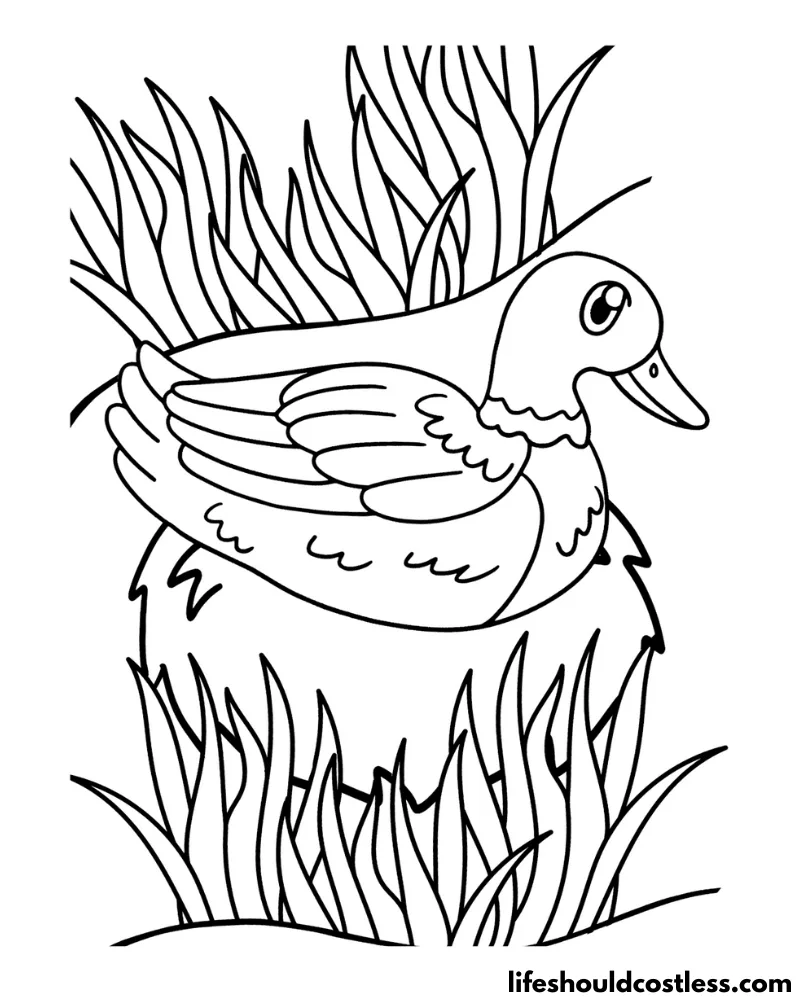

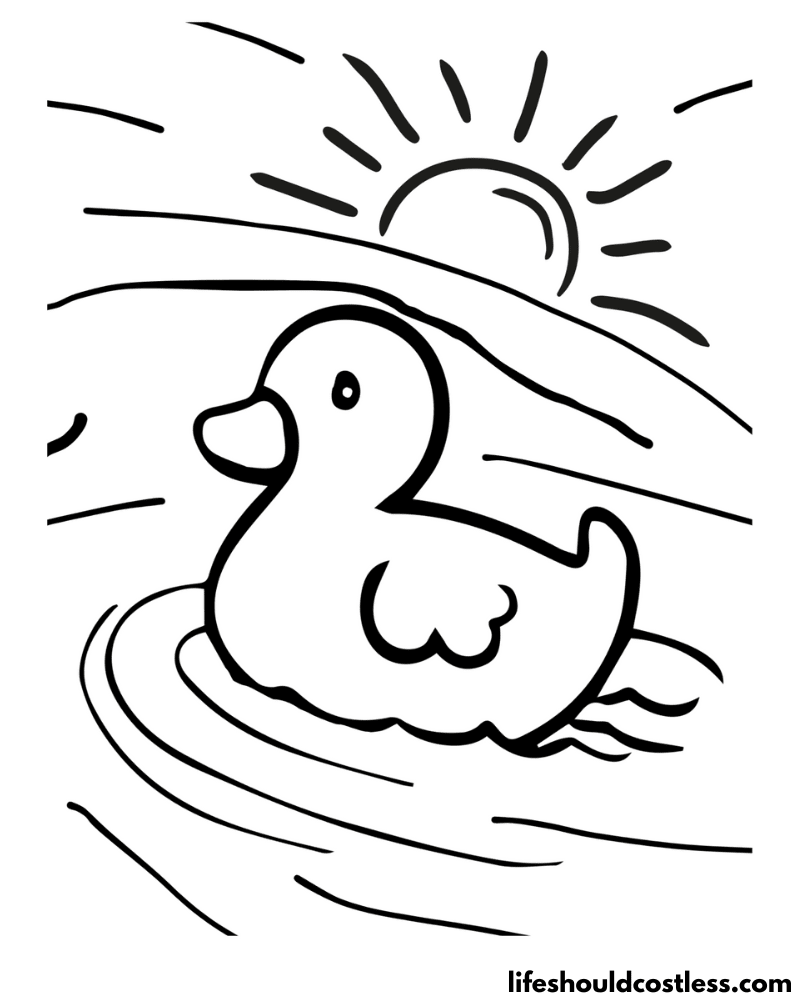
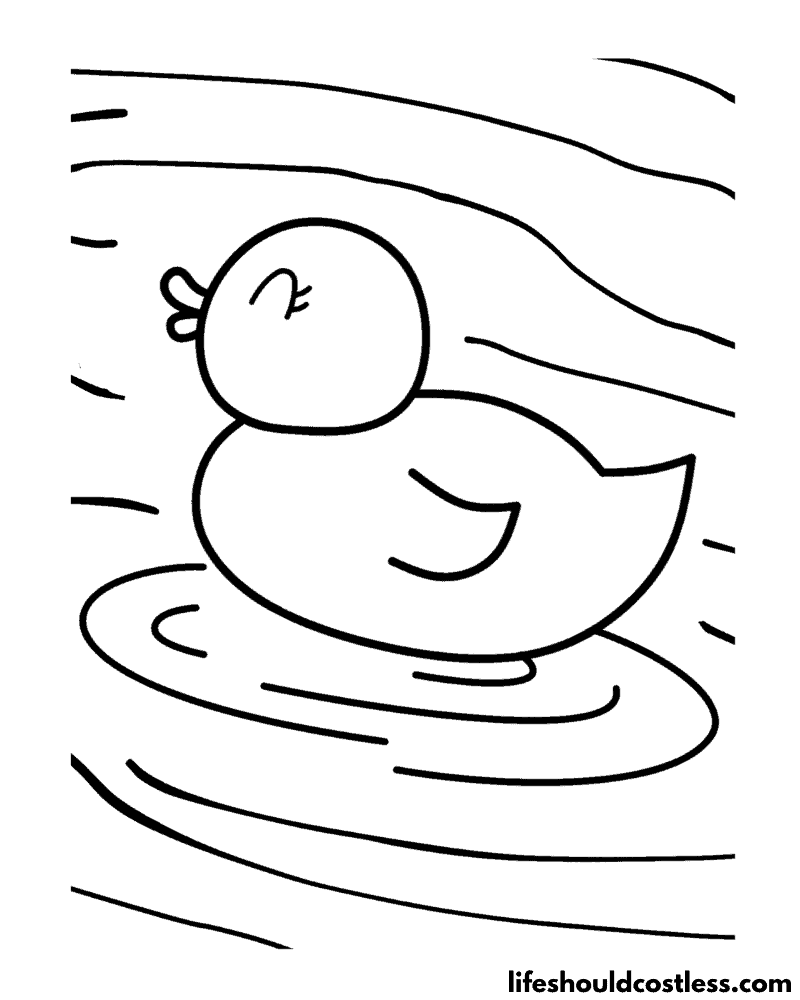

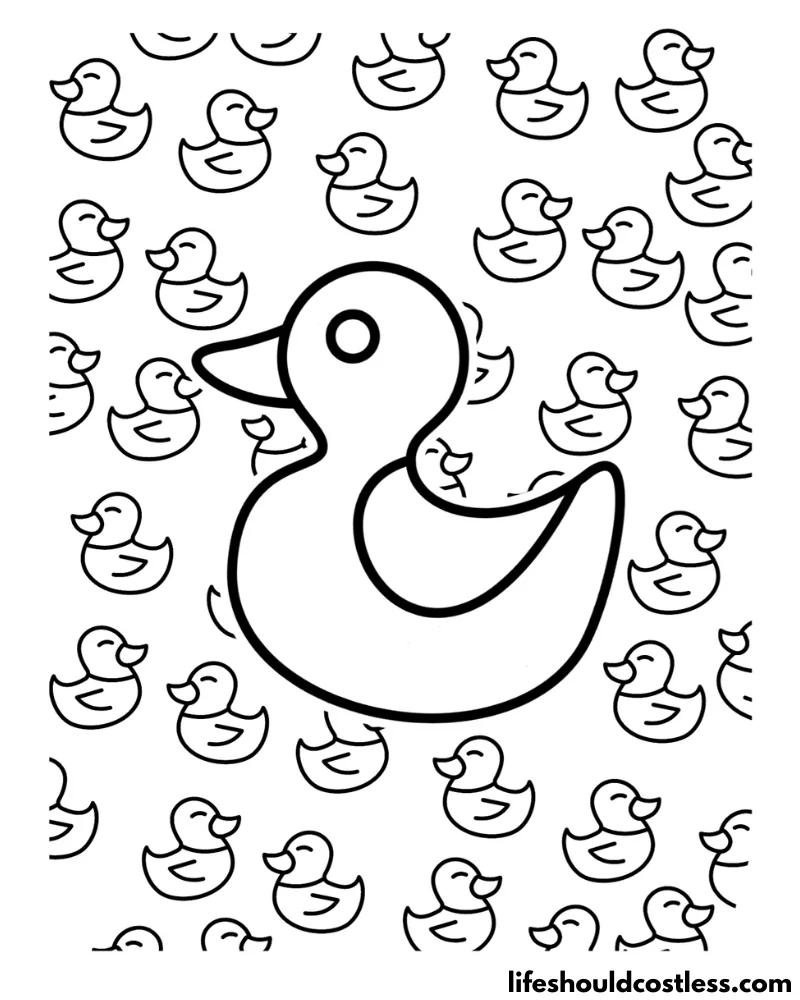
Baby ducks, also known as ducklings, typically have soft and fluffy down feathers when they hatch.
The color of baby ducks can vary depending on the species.
Here are a few examples:
Mallard ducklings: Mallard ducklings are often seen with yellow or light brown down feathers.
Pekin ducklings: Pekin ducklings are commonly found in shades of yellow or creamy white.
Wood ducklings: Wood ducklings have a unique and striking appearance. They exhibit a combination of yellow, brown, and black down feathers, with distinct patterns on their bodies.
Muscovy ducklings: Muscovy ducklings can have a range of colors, including black, yellow, or a mix of both.
It’s important to note that the down feathers of baby ducks can change as they grow and mature into adult plumage, which may differ significantly in color and pattern.
What color are domestic ducks?Domestic ducks, which include various breeds and hybrids, can come in a wide range of colors. Here are some common color variations you may find among domestic ducks:
White: White domestic ducks, such as the Pekin breed, have pure white feathers.
Mallard: Some domestic ducks, like the Khaki Campbell breed, resemble the wild Mallard duck with their overall brownish coloration and distinctive Mallard patterns on their feathers.
Black: Black domestic ducks, such as the Black Swedish breed, have solid black feathers.
Gray: Domestic ducks can also exhibit shades of gray, like the Gray Call duck breed.
Buff: Buff domestic ducks, like the Buff Orpington breed, have a light, creamy color that resembles a warm beige or light tan.
Blue: Blue domestic ducks, such as the Blue Swedish breed, have feathers that appear bluish-gray.
Silver: Silver domestic ducks, like the Silver Appleyard breed, have feathers that display a silver or grayish color with varying patterns.
Chocolate: Chocolate-colored domestic ducks, such as the Chocolate Runner breed, have rich brown feathers that resemble the color of chocolate.
Pied or Multi-Colored: Some domestic ducks exhibit pied or multi-colored patterns, where their feathers may have patches or speckles of different colors. Examples include the Welsh Harlequin breed, or the Magpie breed.
It’s important to note that the coloration of domestic ducks can vary within each breed, and there are many other unique color variations and patterns present among different breeds and hybrids.
What color are male ducks?Male ducks, known as drakes, can display a wide range of vibrant and striking colors depending on the species. Here are some examples of male duck coloration:
Mallard: Male Mallards have a glossy green head, a white neck ring, a chestnut-colored chest, and grayish-brown body feathers. They also have a bright yellow bill.
Wood Duck: Male Wood Ducks exhibit a stunning combination of colors. They have a colorful head with a metallic green crest, red eyes, white stripes on the face, a distinctive pattern of white and black lines on the neck, a chestnut chest, and intricate patterns of iridescent green, purple, and blue on their body feathers.
Mandarin Duck: Male Mandarin Ducks are known for their spectacular and vibrant plumage. They have a large white crescent-shaped patch on their face, a purple breast, an orange body, and elaborate patterns of blue, green, and black on their wings.
Northern Shoveler: Male Northern Shovelers have a glossy green head, a white chest, and a rusty-orange body. They also possess a large spatula-shaped bill.
Harlequin Duck: Male Harlequin Ducks have a unique and eye-catching appearance. They display a slate blue head with bold white markings, a chestnut body, and intricate patterns of white, black, and blue on their body feathers.
Ruddy Duck: Male Ruddy Ducks have a rich chestnut body, a bright blue bill, and a white face with a black cap.
These examples highlight the diverse and stunning coloration exhibited by male ducks, showcasing their vibrant plumage and unique patterns.
What color are female ducks?Female ducks, known as hens, generally have more subdued coloration compared to their male counterparts. Their plumage is often designed to provide camouflage and protection while nesting.
Here are some common color variations in female ducks:
Mallard: Female Mallards have mottled brown feathers, which provide excellent camouflage in their natural habitat. They typically exhibit a combination of brown, tan, and black tones.
Wood Duck: Female Wood Ducks have a brownish-gray body with subtle patterns of lighter and darker shades. Their plumage helps them blend into their surroundings, especially when nesting.
Mandarin Duck: Female Mandarin Ducks have a less vibrant appearance compared to males. They showcase a grayish-brown body with subtle patterns and less colorful accents.
Northern Shoveler: Female Northern Shovelers have mottled brown feathers, similar to female Mallards. Their overall coloration helps them blend in with their environment.
Harlequin Duck: Female Harlequin Ducks have a grayish-brown body with subtle patterns of lighter and darker shades. Their plumage allows them to remain inconspicuous while nesting.
Ruddy Duck: Female Ruddy Ducks have a brownish body with mottled patterns that provide camouflage. Their coloration helps them stay hidden while nesting.
The primary focus of female duck coloration is to provide effective camouflage and protection during nesting and rearing their young. These subtle and earth-toned colors help them blend into their surroundings, reducing the risk of predation.
*I will add more duck colour / color duck questions and answers as the questions get sent to me.
As we bid farewell to our duck coloring pages, we reflect upon the joyous moments of self-expression and discovery they have provided.
From the intricate details of feathers to the quizzical expressions on their faces, each stroke of color has brought these adorable waterfowl creatures to life.
Along the way, we have deepened our understanding of ducks, their habitats, and the significance they hold in our ecosystem.
It is my hope that these coloring sheets have fostered creativity, sparked curiosity, and kindled a love for nature in both the young and young-at-heart.
Thanks so much for stopping by my blog and supporting my endeavors to make people’s lives a little easier/better/more affordable.
If you liked this post, or found it helpful in any way, please make sure to share it with your family, friends, and co-workers via social media.
Or you could even send them the direct link via email. Whichever way you choose to spread the love, I super appreciate it! ~Sarah

Otherwise, here are direct links to several of my other bird posts that you’re also going to love: